Trekking is one of the most thrilling ways to explore nature, whether you’re scaling the Himalayan peaks, walking scenic trails in Nepal, or discovering rugged landscapes abroad. But before every adventure, one key question arises: what to wear for trekking?
Choosing the right clothing and gear can make the difference between a safe and enjoyable journey. For example, a trek like Mera Peak Climbing offers breathtaking views, challenging terrain, and an unforgettable high-altitude experience.
But for every trekker, beginner or seasoned, the question arises: “ What to wear for trekking?” Wearing the wrong clothes can lead to discomfort, fatigue, or even serious health risks like hypothermia or sunburn.
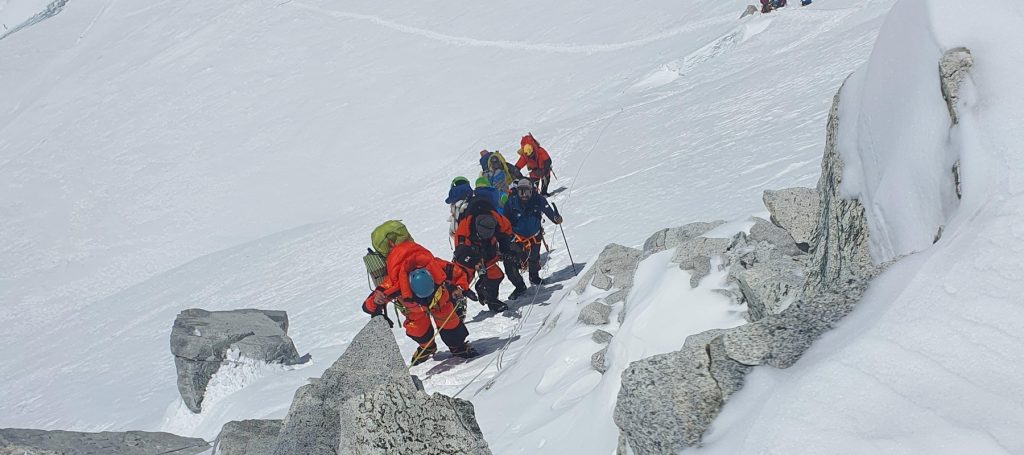
In this comprehensive guide, we’ll cover essential clothing, footwear, accessories, layering techniques, seasonal considerations, and packing tips. By the end, you’ll know exactly how to dress for your trek, stay comfortable, and enjoy a safe adventure.
Factors to Consider Before Choosing Trekking Clothes
Before packing, several factors should guide your clothing choices:
1. Weather and Season
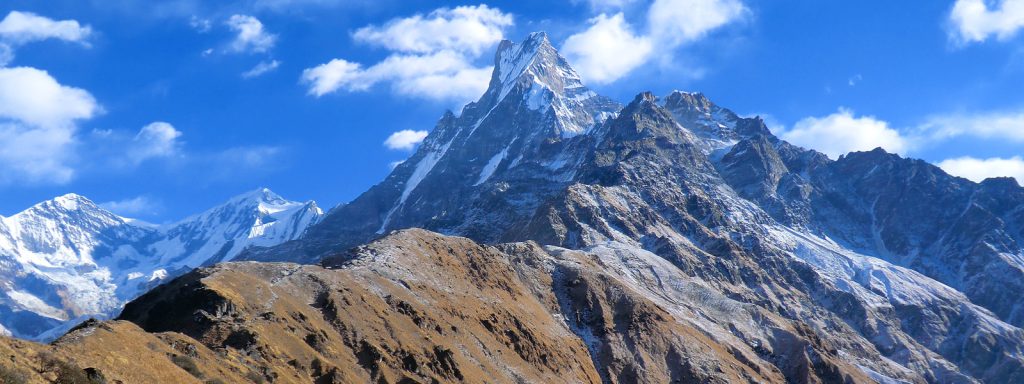
The climate on your trekking route determines your clothing selection. Summer treks require lightweight, breathable fabrics, while winter or high-altitude treks demand insulated layers. Rainy season trekking requires waterproof clothing to stay dry and comfortable.
2. Trekking Difficulty and Terrain
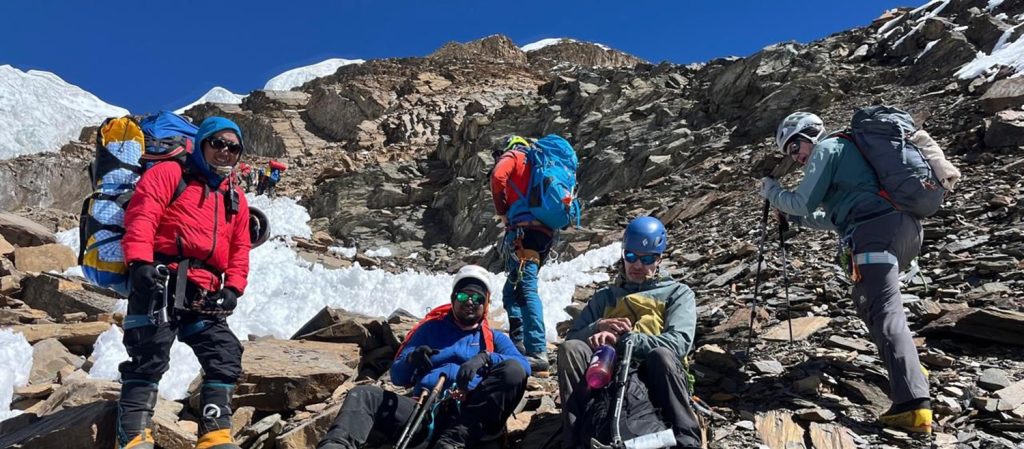
Steep, rocky, or icy terrain requires durable, flexible clothing and sturdy trekking boots. Easy trails may allow lighter clothing, but comfort and protection remain essential.
3. Duration of Trek
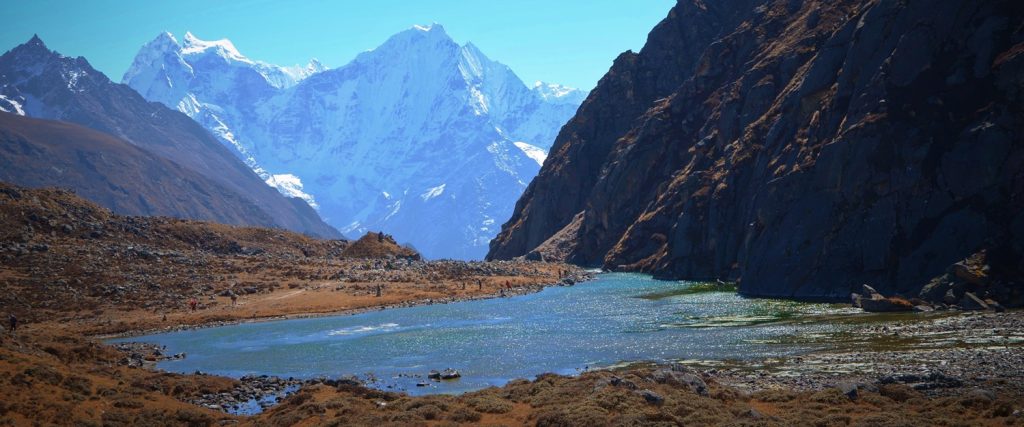
Longer treks require versatile clothing that adapts to changing temperatures. Short treks may need only basic layers, but always pack for safety.
4. Personal Comfort and Health

Consider allergies, sensitive skin, and how your body reacts to heat or cold. Proper clothing prevents chafing, blisters, and fatigue.
Essential Trekking Clothing
A trekking wardrobe should be layered for maximum comfort and safety.
A. Base Layer (Moisture-Wicking Clothing)
Your base layer keeps sweat away from your skin, reducing the risk of chafing and hypothermia.
Recommended Materials:
- Merino wool: Retains warmth even when wet and resists odors for up to 7 days of continuous wear.
- Synthetic fabrics: Dry 3–4x faster than cotton, lightweight, and budget-friendly.
Tip: Avoid cotton as it retains moisture and can make you cold.
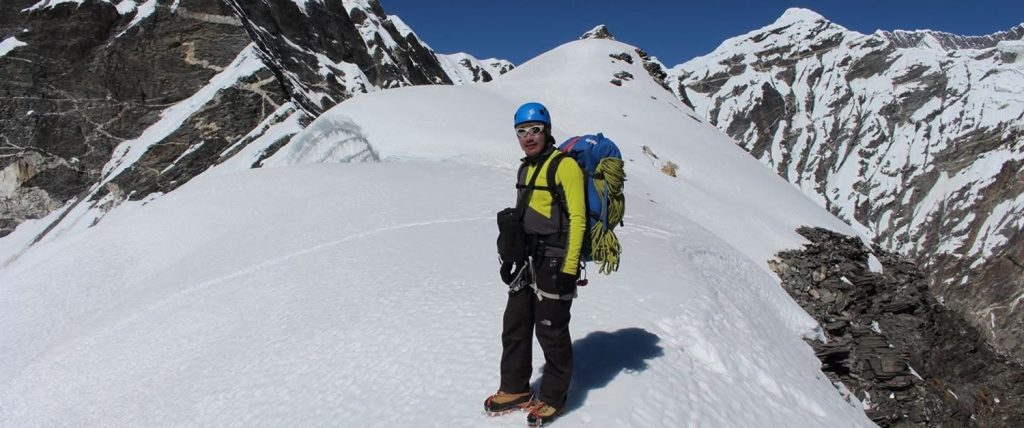
B. Mid Layer (Insulation)
The mid-layer traps body heat for warmth.
Options:
- Fleece jackets: Lightweight and breathable. Retains up to 90% of insulating power even when damp.
- Down jackets provide 5–7 times more warmth per weight than synthetic insulation.
Use mid-layers in cold mornings, high altitudes, or when the temperature drops.
C. Outer Layer (Protection)
The outer layer protects from wind, rain, and snow.
Recommended Gear:
- Waterproof jackets and pants (Gore-Tex or equivalent). Waterproof rating: 5,000–20,000 mm.
- Windproof jackets for exposed ridges. Breathability: 5,000–20,000 g/m²/24h.
Tip: Breathable waterproof fabrics allow sweat to escape while keeping you dry.
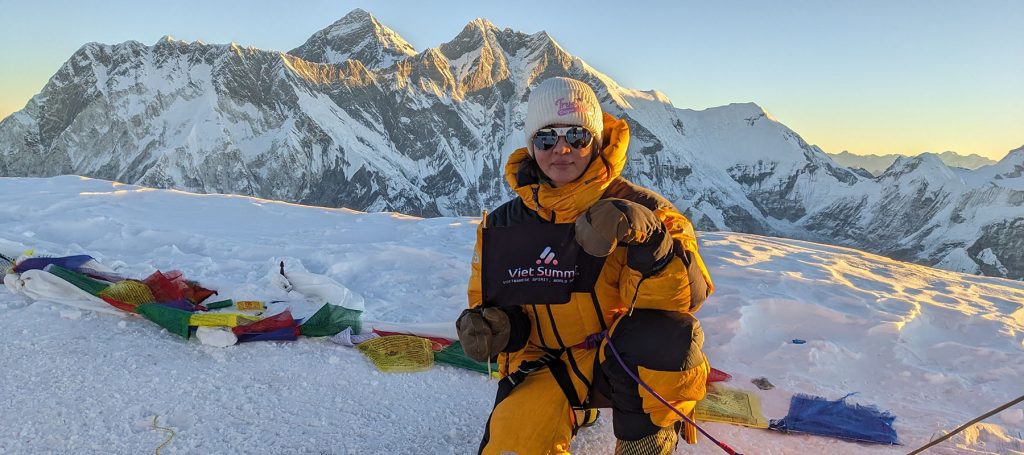
D. Trekking Pants & Shorts
- Quick-dry pants: Comfortable and flexible.
- Convertible pants: Zip-off sections for variable temperatures.
E. Footwear
- Trekking boots: Sturdy, waterproof, ankle support; weight: 1.2–1.8 kg per pair.
- Trail shoes: Lightweight, suitable for easier trails (400–600 grams).
- Socks: Wool or synthetic; layering reduces blisters by 50–60%.
Break in footwear before a long trek to avoid discomfort.
Accessories and Gear
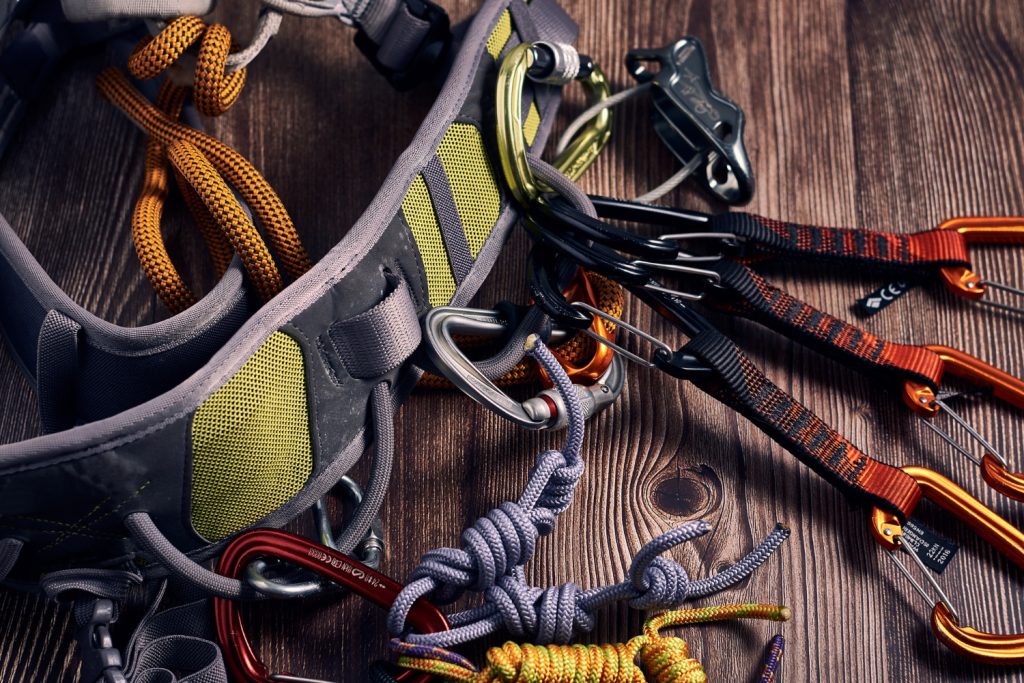
Proper accessories enhance safety and comfort:
- Gloves, hats, caps: Protect from the sun and cold.
- Sunglasses: UV400 protection blocks 99–100% of UVA/UVB rays.
- Gaiters: Prevent mud, snow, or sand from entering boots; reduce wet feet and blisters by 15–20%.
- Trekking poles: Reduce knee strain by up to 25%.
- Backpack: Carry 10–20% of body weight with a hydration system.
- Safety gear: Headlamp (200–400 lumens), first-aid kit, map/GPS.
Layering Tips for Trekking
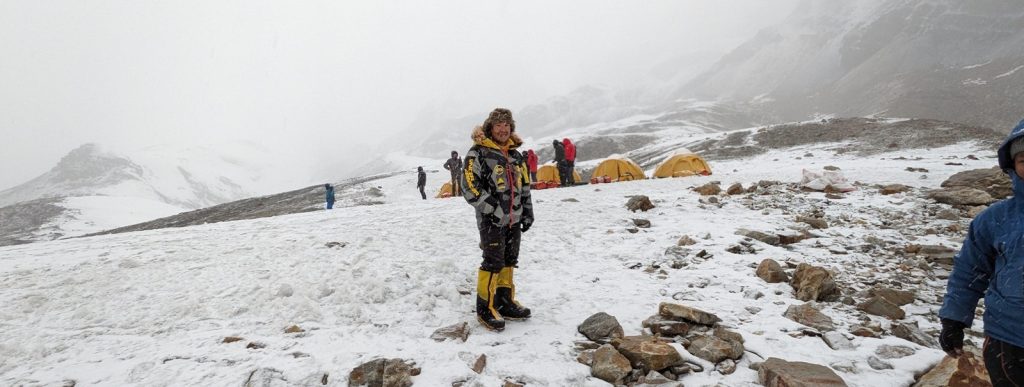
Layering allows you to adapt to changing temperatures and exertion levels:
- Cold weather: Base + Mid + Outer layers.
- Warm weather: Lightweight base + optional outer layer for rain.
- Adjust layers throughout the day to avoid overheating.
- Ventilate by unzipping layers to regulate body temperature.
Seasonal Considerations
- Summer trekking: Light, breathable, quick-dry fabrics; sun hat essential. Sweat retention is reduced by 40–50% compared to cotton.
- Winter trekking: Insulated mid-layers and thermal base layers; jackets protect down to -15°C to -20°C.
- Monsoon/Rainy season: Waterproof jackets, pants, and quick-dry clothing.
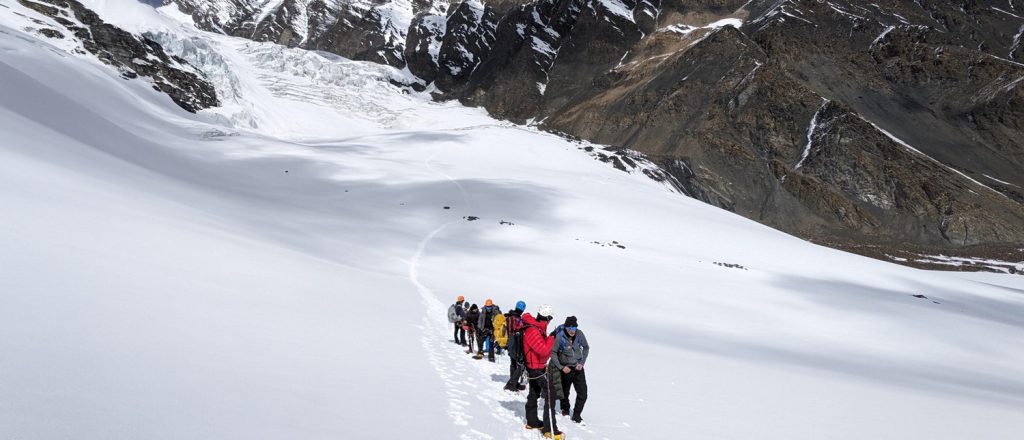
Common Mistakes Trekkers Make
- Wearing cotton: traps moisture and increases the risk.
- Ignoring proper footwear leads to blisters and injuries.
- Overpacking or underpacking: strains or missing essentials.
- Not checking weather forecasts: unprepared for sudden changes.
Packing Checklist
Clothing: Base layers, mid-layers, outer layers, pants, shorts, socks, gloves, hats.
Gear: Trekking boots, gaiters, poles, backpack, hydration system, sunglasses, sunscreen, first-aid kit.
Tip: Pack light but smart; prioritize essentials for safety and comfort.
Conclusion
Choosing what to wear for trekking is just as important as the trek itself. Proper clothing, footwear, and gear ensure comfort, safety, and an enjoyable experience. By planning your outfit, layering smartly, and adjusting for season and terrain, you can focus on the adventure ahead rather than discomfort or hazards.
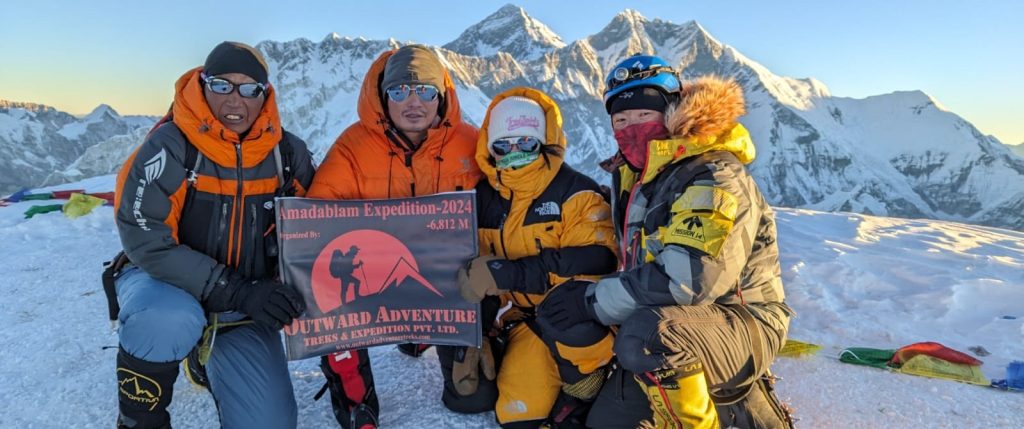
Ready to trek like a pro? Trust Outward Adventure Treks, run by experienced Sherpas from Nepal and experts in high-altitude trekking. Their professional guidance and carefully curated trekking packages make your next adventure safe, enjoyable, and truly unforgettable !




